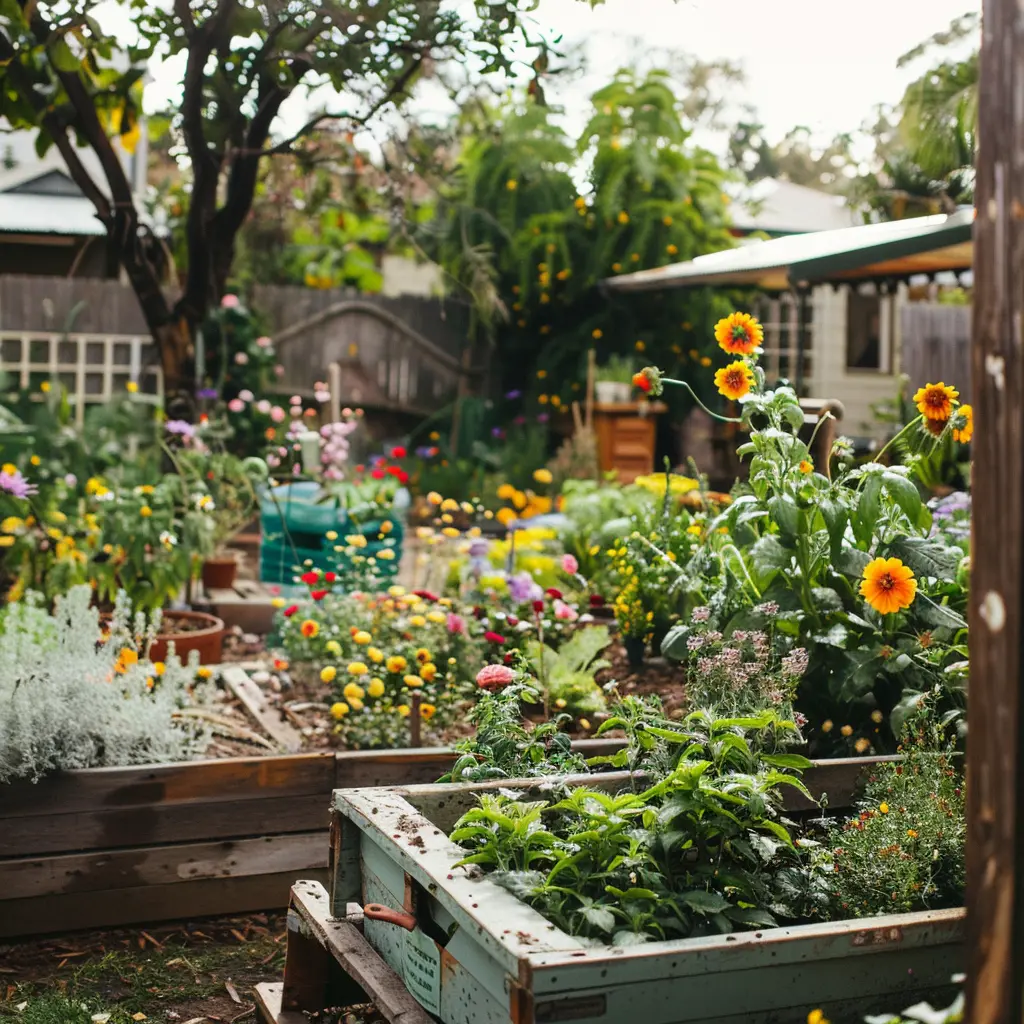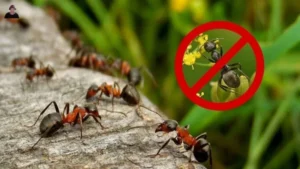Melbourne’s unique climate, with its blend of temperate and oceanic conditions, offers a rich variety of planting opportunities. Whether you’re a seasoned gardener or just starting out, understanding what to plant in Melbourne will help you achieve a flourishing garden. This guide provides seasonal recommendations for planting in Melbourne, ensuring you get the best results year-round.
Understanding Melbourne’s Climate
Melbourne’s weather follows the cycles of four distinct seasons, each of which presents a different picture for you to paint with your gardening skills. Comprehending these seasonal fluctuations is essential for optimizing your yield and appreciating the astounding array of blossoms found in Melbourne gardens.
Four distinct seasons:
- Summer (December to February): Warm to hot temperatures.
- Autumn (March to May): Mild and cooling down.
- Winter (June to August): Cool and wet.
- Spring (September to November): Warming up and often windy.
What to Plant in Melbourne: Season by Season
Summer Planting (December to February)
Summer in Melbourne delivers long, sunny days and warm nights. Your garden thrives in the sun’s golden embrace, but be aware of the possibility of heat stress:
Vegetables: Enjoy the classic summer crop with eggplant, capsicum, cucumber, and zucchini. Melbourne gardeners, a word of caution: summer’s heat can be unforgiving. Plant heat tolerant varieties, utilize shade netting during the hottest part of the day, and ensure consistent watering to avoid wilting.
Herbs: Sage, oregano, rosemary, and thyme are your summertime buddies, adding their Mediterranean magic to your food. They go well with summer veggies because of their heat-loving character.
Flowers: Savor the breathtaking exhibition of summertime flowers. Sunflowers, cosmos, zinnias, and marigolds will turn your garden into a brilliant butterfly and pollinator refuge.
Pro Tip: Mulch around your plants to retain moisture and suppress weeds. This will save you precious water during the dry summer months.
Autumn Planting (March to May)
Autumn covers Melbourne with a vibrant spectrum of reds and oranges. It is also the ideal time for a second planting of cool-season veggies.
Vegetables: Carrots, spinach, beets, and Swiss chard are autumnal delicacies that will tantalize your taste buds. These vegetables thrive in chilly weather and shorter days.
Herbs: Try autumn favourites like coriander, dill, and mint. Maintain your floral display throughout the season. Violas, cyclamen, and decorative kale will bring colour and elegance to your autumn landscape.
Flowers: Pansies: Provide winter colour and are hardy in cooler temperatures. Snapdragons: Offer a long blooming period through autumn and winter. Cyclamen: Perfect for shaded areas and winter blooms.
Pro Tip: As the days shorten, try utilizing grow lights to lengthen the daytime hours for your seedlings, especially if your balcony or garden does not receive direct sunlight.
Winter Planting (June to August)
Winter in Melbourne may appear to be a time when gardening takes a backseat, yet it is a critical month for planning the forthcoming spring.
Vegetables
- Garlic: Plant cloves in winter for a summer harvest.
- Onions: Hardy and ideal for winter planting, maturing in summer.
- Peas: Thrives in the cooler weather and can be harvested in spring.
Herbs
- Chives: Perennial herb that grows well in winter.
- Rosemary: Evergreen and hardy, perfect for winter dishes.
- Sage: Adds flavour to winter roasts and is frost-tolerant.
Flowers
- Hellebores: Known as winter roses, they bloom beautifully in winter.
- Primroses: Brighten up the garden with their vibrant colours.
- Camellias: Offer stunning winter blooms and glossy green foliage.
Spring Planting (September to November)
Vegetables
- Lettuce: Quick-growing and perfect for spring salads.
- Beans: Warm soil encourages rapid growth, with a harvest in summer.
- Pumpkins: Plant in spring for an autumn harvest.
Herbs
- Dill: Grows quickly in spring and is great for salads and fish dishes.
- Tarragon: Thrives in the spring and summer warmth.
- Chervil: Prefers cooler weather and is ideal for spring planting.
Flowers
- Daisies: Brighten up any garden and are easy to grow.
- Lavender: Adds fragrance and colour, thriving in the spring sunshine.
- Freesias: Offer a stunning display of colours and a sweet fragrance.
Pro Tip: Melbourne’s spring is unpredictable; invest in a frost cloth for those chilly mornings to safeguard your fragile seedlings.
Tips for Successful Planting in Melbourne
Soil Preparation
- Test Your Soil: Ensure the pH levels are suitable for your chosen plants.
- Add Organic Matter: Improve soil fertility with compost or manure.
- Mulching: Helps retain moisture and regulate soil temperature.
Watering
- Consistent Watering: Essential, especially during dry spells.
- Morning Watering: Reduces the risk of fungal diseases.
- Drip Irrigation: Efficient and reduces water wastage.
Pest Control
- Companion Planting: Use plants that naturally deter pests.
- Natural Remedies: Neem oil or garlic spray can help control pests.
- Regular Monitoring: Check plants regularly for signs of pests or disease.
Conclusion
Gardening in Melbourne can be a rewarding experience with the right knowledge and planning. By understanding the local climate and choosing appropriate plants for each season, you can create a vibrant and productive garden. Whether you’re growing vegetables, herbs, or flowers, these seasonal recommendations will help you achieve the best results in your Melbourne garden. Happy planting!






